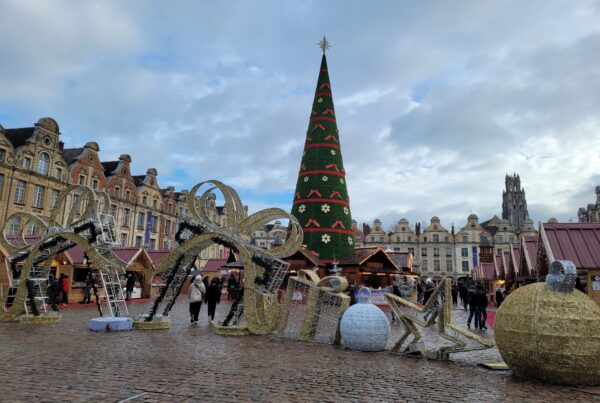Rome doesn’t need much of an introduction. Visitors from around the world come to see the Colosseum, toss coins into the Trevi Fountain, and look up in wonder at the Pantheon. And honestly, we still love going back to those places ourselves. There’s a reason the classics are classics, they deliver. But there’s also another side to Rome that we’d hate for anyone to miss out on. This guide is all about our top things to do in Rome beyond the main sights.
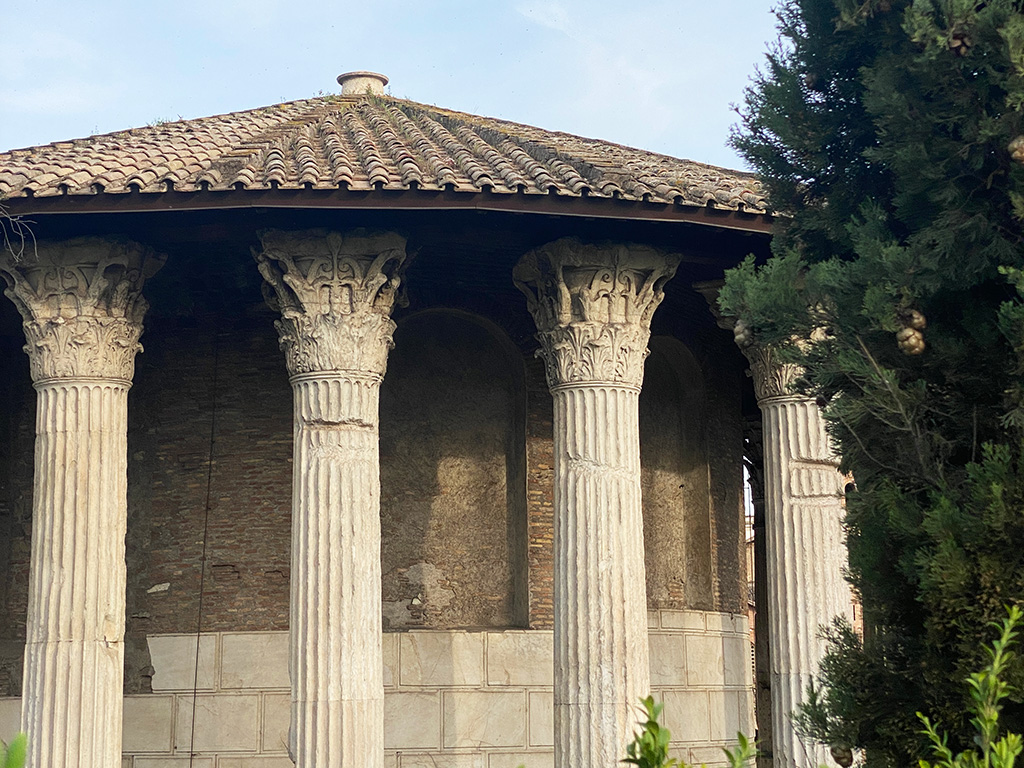
Why Go Beyond the Big Attractions?
Once you’ve stood in the Forum or stared down the Spanish Steps, the question becomes: what now? That’s when the city really starts to open up. There are quieter places just around the corner; museums where you can pause, and streets that feel untouched by tourism. Rome has layers that reward those who peel them back.
This collection of our top things to do in Rome are the places we return to again and again, which we love sharing with our fellow adventurers. These definitely aren’t replacements for the Colosseum or the Vatican Museums. Instead, they’re places that we think give a little more context and depth to Rome’s history, ancient and recent.
These suggestions come directly from Sarah and our team, people who know Rome extremely well. They aren’t exactly secrets, but they are overlooked more often than they should be.
Sarah likes to explore Rome by wandering without a rigid plan, following a thread of curiosity, seeing where the day goes, and stepping into corners that most visitors miss. There’s no shortage of sightseeing in Rome, but it’s the less obvious discoveries that we think tend to stay with us the longest.
Museums Without the Crowds
Rome is filled with amazing museums and galleries. The Capitoline Museums filled with ancient sculptures, the Galleria Borghese with world-class art and of course the Vatican Museums and Sistine Chapel.
However you do not need to fight through the crowds at these to see some incredible things – try visiting one or more of these:
Palazzo Massimo Alle Terme
One of the four locations of the National Museum of Rome, Palazzo Massimo alle Terme is one of our favorite Rome museums. Tucked away near Termini train station, it doesn’t draw the same crowds you’ll find at the Capitoline or Vatican Museums, but the collection is easily among the best in the city and one of our top things to do in Rome.
On the ground floor there is a series of rooms telling the story of ancient Rome with busts and statues. Don’t miss the huge sculpture depicting the first Roman emperor Augustus as the Pontifex Maximus (head priest) or the incredible bronze ‘Boxer at Rest’ with his enigmatic face.
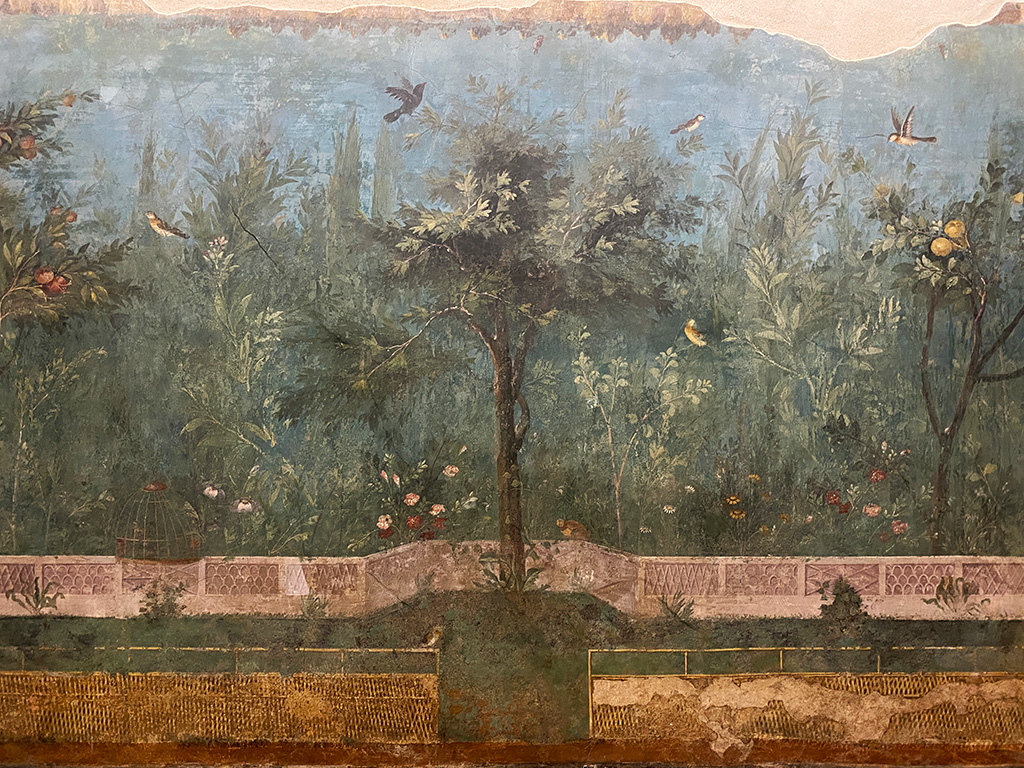
On the higher floors you’ll find excellent examples of ancient Greek and Roman statues that once were found all over Rome, the remains of Caligula’s pleasure boats found in nearby Lake Nemi, ancient mosaics and more.
Our absolute favorite thing to see here are the frescoes found at the Villa of Livia. Over 2000 years old, the frescoes were discovered in amazing condition and taken away to be preserved. The museum has recreated the spaces of the villa where the frescoes were found to allow us to admire them as close to their original position as possible. The garden room in particular is breathtakingly beautiful, but so many people never get to see it – don’t be one of those who misses out.
Forma Urbis Museum
The Forma Urbis Romae is one of the most ambitious maps ever made. Carved into marble during the reign of emperor Septimius Severus in the 3rd century, it charted the layout of the city of Rome in detail. What survives today is fragmented, but even the broken pieces help us to better imagine how the city once looked.
The Forma Urbis Museum, a recent addition to Rome’s list of museums, has been designed so that you can walk over what remains of the massive marble map. The ancient fragments are laid out and overlaid with a map from 1748, allowing you to explore the city in a different way. It’s not a flashy museum, but it offers something special: a way to picture Rome not as a giant tourist attraction, but as a working city.
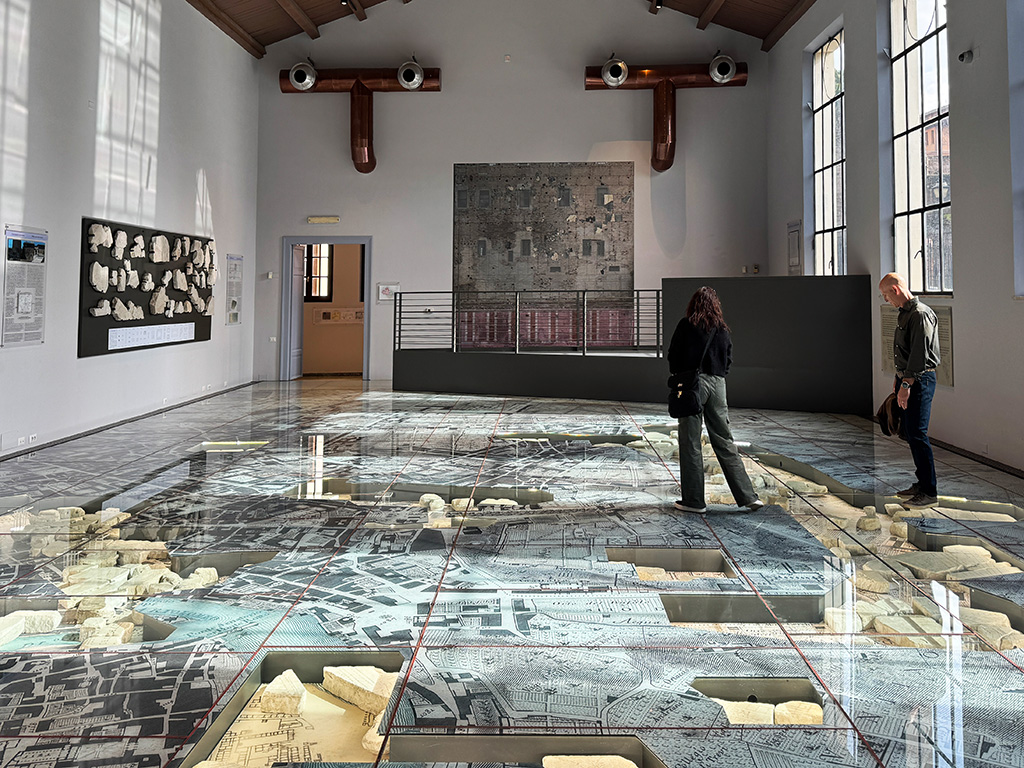
We find that a visit to this museum is especially powerful after visiting the Roman Forum and Palatine Hill. It gives you the tools to interpret what you’ve seen and understand how the city once fitted together. For anyone interested in archaeology, urban planning, or simply the ‘real’ Rome, it’s a rewarding stop.
National Etruscan Museum of Villa Giulia
The collection at Villa Giulia focuses on a part of Italian history that many visitors skip: the Etruscans. Before Rome rose to power, the Etruscans had a thriving culture in central Italy. Their influence on Roman religion, art, and daily life becomes all the more clear once you’ve seen this collection.
Housed in a 16th-century villa with quiet gardens, the museum is home to terracotta sculptures, historic writing tablets, and personal items like mirrors and jewelry. The famous Sarcophagus of the Spouses, with its tender portrayal of a couple reclining at a dinner party banquet, is a highlight.
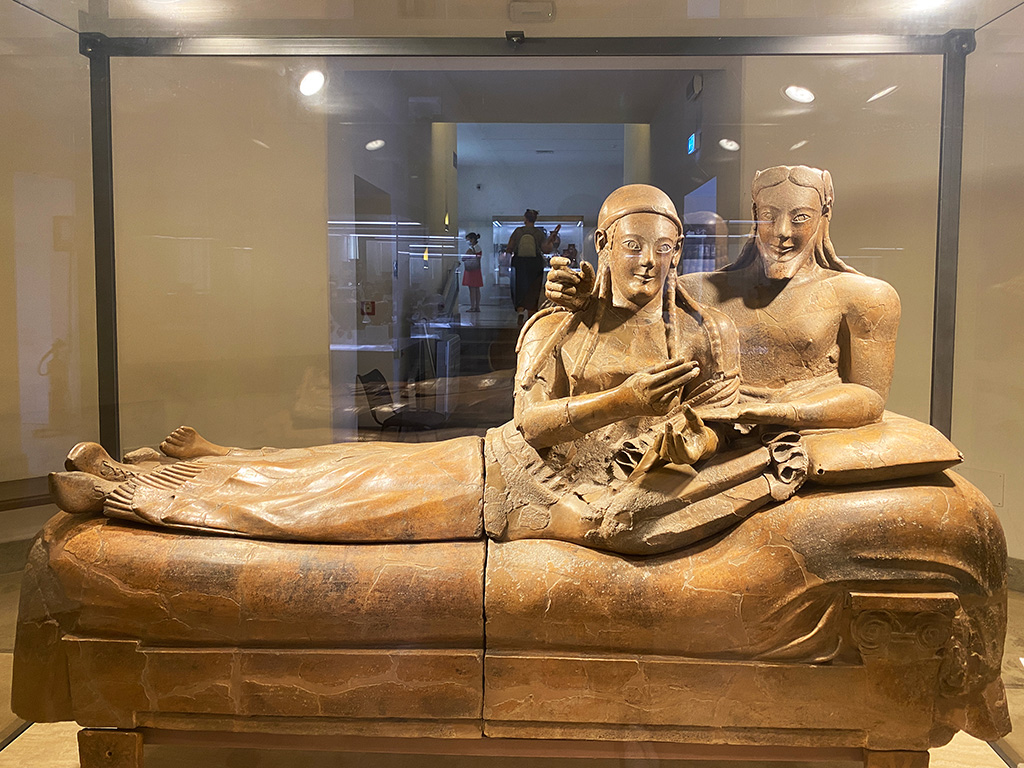
We come here because it fills in the gaps. Rome didn’t appear out of nowhere; it was shaped by what came before. Villa Giulia is usually uncrowded, which means you can really engage with what’s on display. If you’re interested in the foundations of Roman culture, this is the place to go.
Archeological Sites
Yes, it’s true that the Colosseum, Roman Forum and Palatine Hill are world-class sites. Yes, it’s also true that those sites are full of visitors, day after day, wanting to see the impressive ruins for themselves. We do not tell people to avoid them, but there is so much more to see in and around Rome beyond these archeological sites, including:
The Ancient Roman Houses of the Celio Hill
Just a short walk from the Colosseum, the Celio hill feels oddly quiet. One of the original seven hills of Rome, today the Celio is home to a residential neighborhood where homes are interspersed with churches, parks and lots of ancient Roman ruins.
On the edge of the Villa Celimontana park you’ll find the Basilica of Saints John and Paul on the Caelian Hill. The church is a great place to visit as one of the oldest in the city, but what we like to surprise our guests with is one of Rome’s more unusual archeological sites: a network of ancient Roman houses, preserved underground.
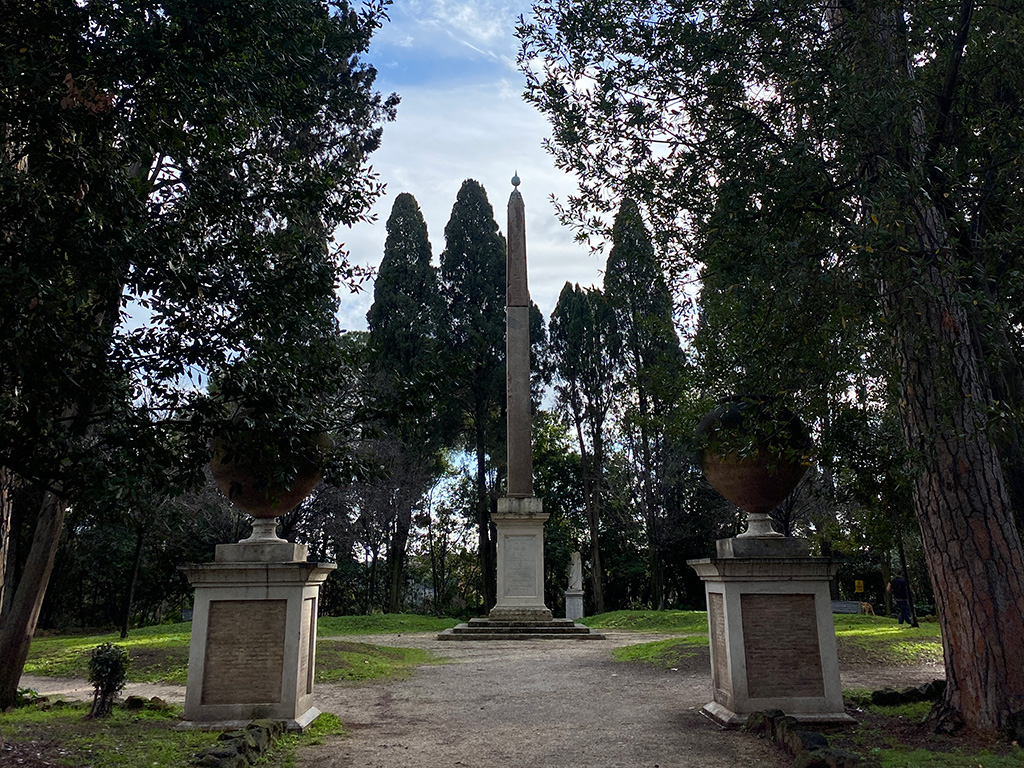
The Case Romane are a series of ancient Roman houses dating from the second to the fourth century. You enter through a small door and find yourself walking through residential chambers, Roman living rooms and a small chapel, complete with the original frescoes on the walls.
There’s something about seeing daily life from that period that helps everything else click into place. These weren’t powerful temples or expansive villas; they were real homes. Some belonged to early Christians, and the layers of history here show how the Pagan and Christian worlds overlapped.
Ostia Antica
When we’re in Italy, we love to stop in Pompeii whenever we can, marveling at the incredible preservation. But when we don’t have time to make it out there, there’s a site much closer to Rome that does the job nicely: Ostia Antica.
Ostia Antica was Rome’s original port, where goods from all over the empire would arrive before being transported to the city along the Tiber river. Over time it became less important, and when the coastline changed, the city eventually was abandoned and left to nature. This helped to preserve the large town, where large temples, homes, baths and a theater have all been found.
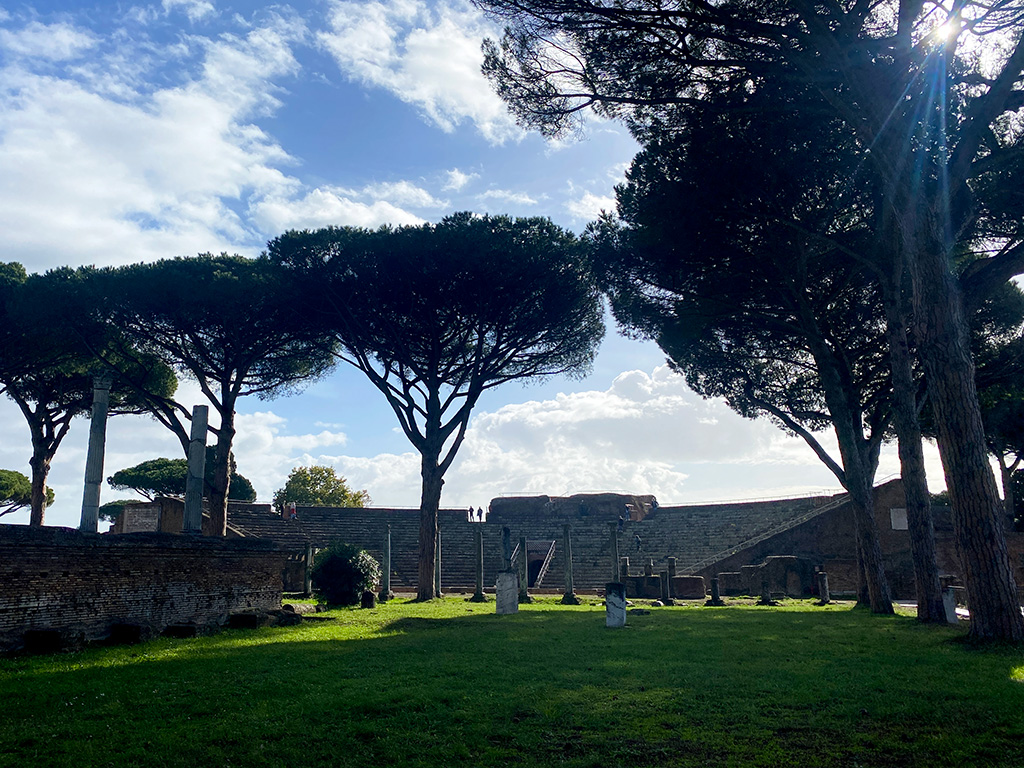
Today you can explore the large site, seeing the wonderful mosaics which are still in their original location and literally walking the streets of the ancient town. Ostia Antica is just outside Rome, easily reachable by train. And what makes the site special is how unhurried it feels. You’re often walking alone among ruins, which allows you to absorb everything without being jostled.
Outdoor Spaces
When it comes to our top things to do in Rome, getting outside and exploring is definitely up there. Here are some of our favorite places to visit:
The Gianicolo Hill
Rome has seven famous hills, but the Gianicolo isn’t technically one of them. That doesn’t mean it’s not worth the climb. Overlooking the neighborhood of Trastevere across the Tiber, the Gianicolo hill (also called the Janiculum hill) offers what we think are some of the very best views in the city.
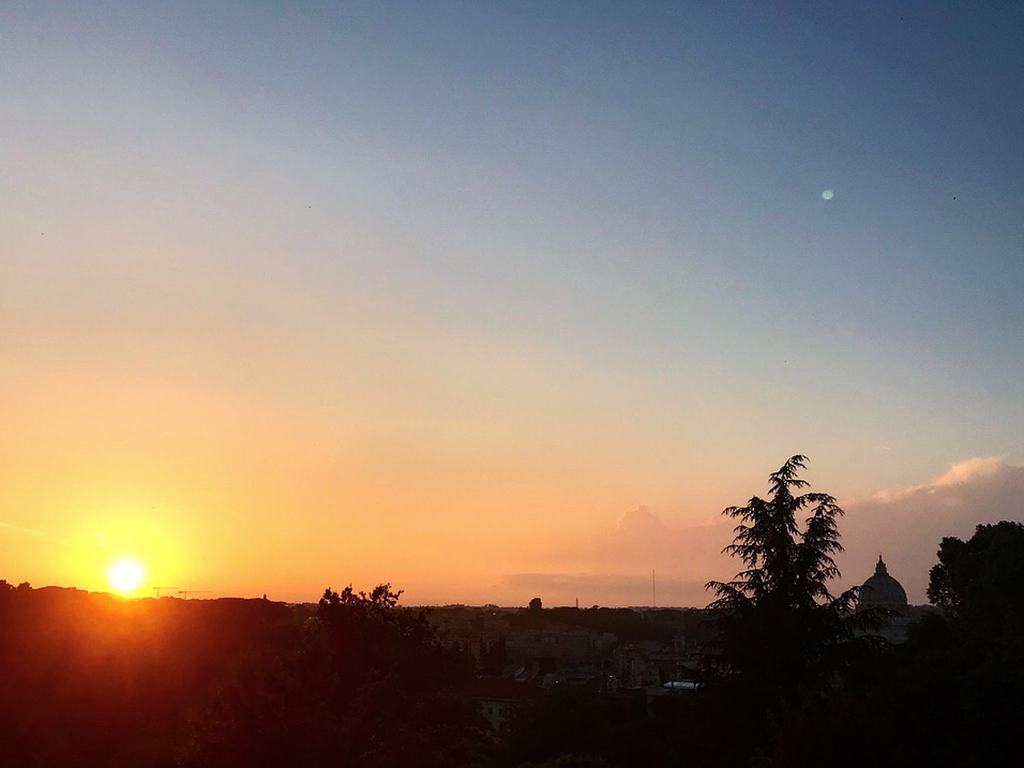
We like heading up here in the morning. There’s a daily cannon shot at noon which draws some visitors (a tradition since the 1800’s) but even with that, it’s generally pretty peaceful. You’ll see families walking, kids playing, and maybe even a puppet show in the small open-air theater.
There’s plenty of history here. The massive statue of Garibaldi reminds us of Italy’s unification, and scattered around are memorials to the people who fought for it. But mostly, the Gianicolo is a place to pause. Bring a coffee, sit under the trees, and take in the skyline from this one-of-a-kind angle.
The Via Appia
The Appian Way is one of the oldest roads in Rome, built during the time of the Republic in the 3rd century BC to better connect Rome with southern Italy. Stretching all the way from the heart of the city to the port city of Brindisi, large parts of the road still exist in its ancient form close to Rome.
Walking along this stretch of ancient road is one of our favorite ways to get out of the city center. You can rent a bike, or just start walking. However you choose to enjoy the Via Appia, there’s plenty to see en route.
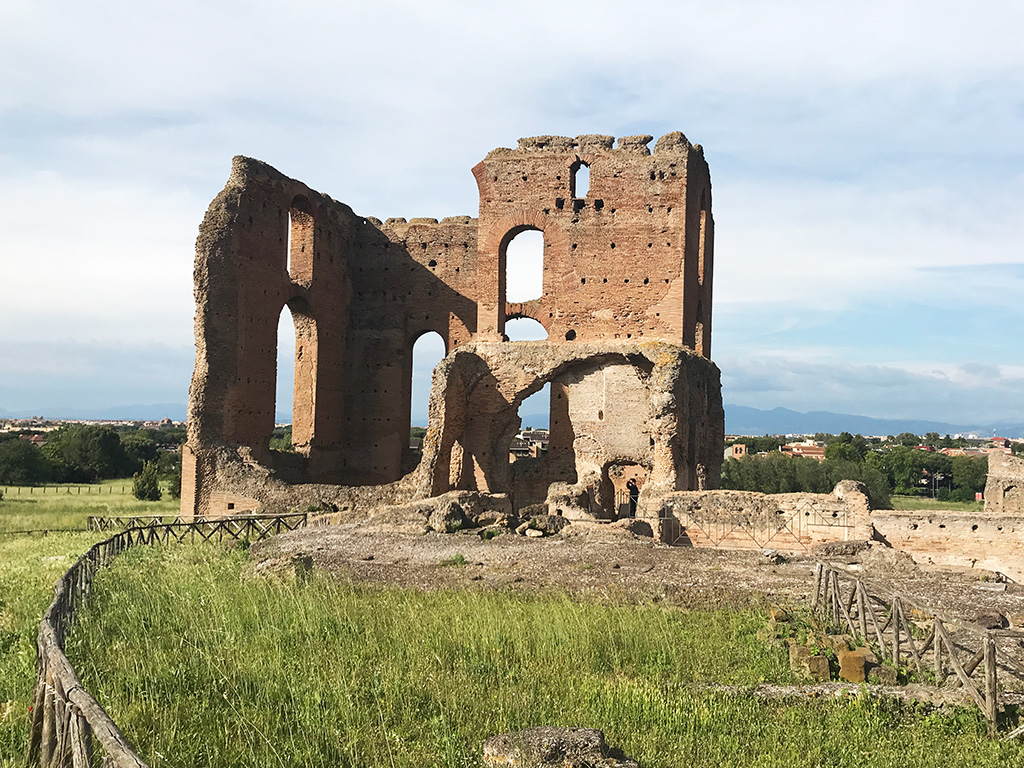
Once you pass the Aurelian Walls, the more modern sights of the city drop away, replaced with the old paving stones of the Via Appia Antica that still show the grooves left by Roman carts. Along the way, you’ll pass churches, old villa ruins, and early Christian catacombs.
The tomb of Cecilia Metella and Circus of Maxentius are two of our favorite sights along the road, but you can simply travel along it if you don’t want to sight-see.
Lake Bracciano
Just north of Rome, Lake Bracciano acts as a refreshing and peaceful break from the city’s main sights and busy traffic. It’s where we go when we want a change of pace, without a long drive. Surrounded by quiet towns and rolling hills, it’s an easy day trip that shows a very different side of Lazio.
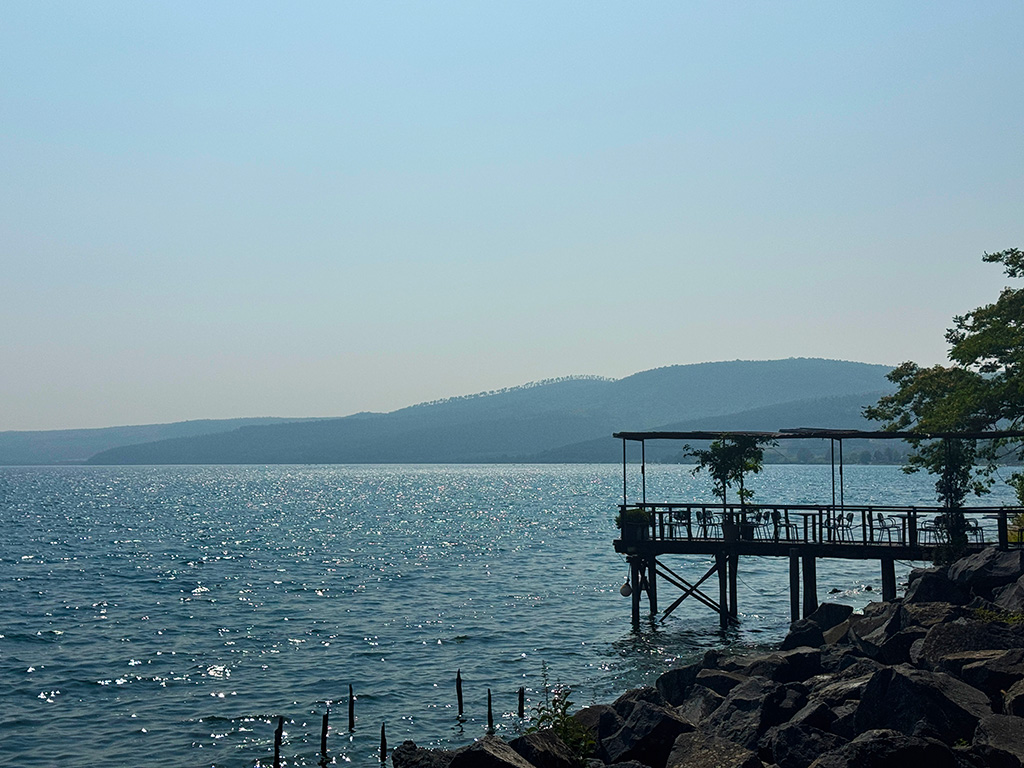
The lake itself is volcanic and unusually clean, so clean, in fact, that it supplies part of Rome’s drinking water. Swimming, canoeing, paddleboarding, and sailing are allowed, and there are some lovely beaches and trails for walking along the shoreline, under the hillside town of the same name.
It’s not just about scenery here; it’s also about space. If you need a time-out from the (wonderful) chaos of the city, this is a place where you can linger over lunch, look out over the water, and relax without the sense that you’re missing something. We always say this is where Rome breathes out.
Why These Are Our Top Things To Do In Rome
Each place we’ve included here was chosen not just for what it shows, but how it feels. These are the stops we return to when we want to see a new angle on Rome, or when we want to reconnect with the city beyond its crowds. They’re sites that reward attention, and show that you don’t need a fast pace or a checklist. You just need time to look, listen, and notice. Whether it’s ancient frescoes, a hillside breeze, or the paving stones of an old road, these are the things that help the city feel real.
Rome isn’t a museum, and it’s hard to remember that at times. It’s a real place, where real people live, and have lived for thousands of years. These picks highlight some of the corners where you can experience that history, without elbowing your way through a crowd or having to rush past things.
Want to Explore Rome This Way?
If quiet museums, relaxed mornings, long walks through real neighborhoods sounds like your kind of Rome, we invite you to come on an adventure with us. Our upcoming Rome Staycation with Sarah is built around exactly this idea, with no published itinerary beyond trusting Sarah’s local knowledge. You will be based in the city and be able to experience it like locals do.
We’ve spent years getting to know Rome on its own terms, and this trip reflects everything we adore about it. If you’ve seen the big sights (or you’re ready to skip them), this staycation promises a different way to see the city. It may not be the Rome you know, but it’s the Rome we love.



